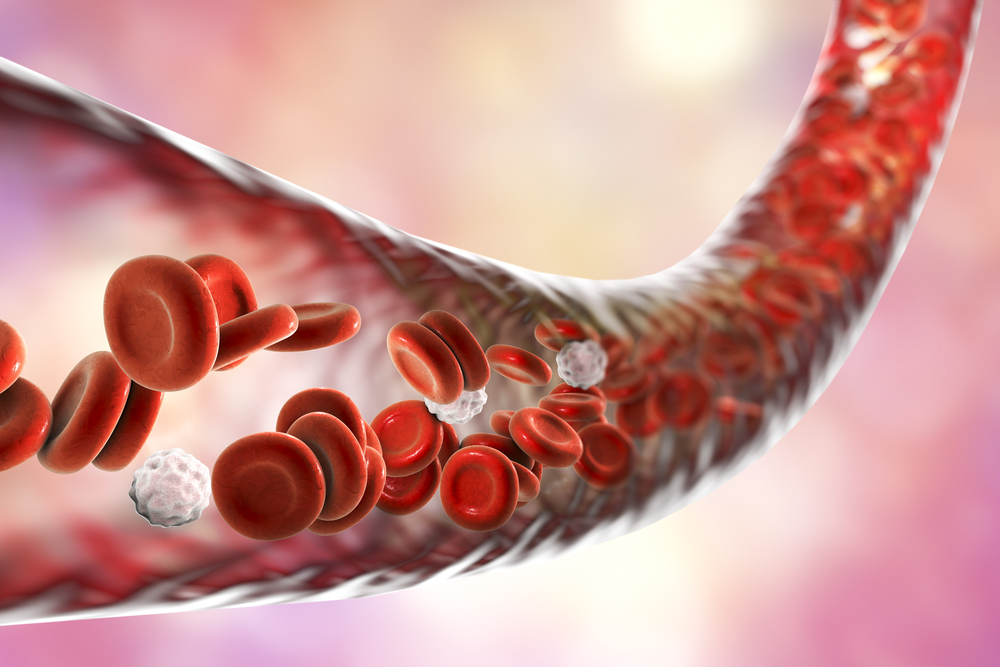
The discovery of a previously unknown interaction between proteins could provide a breakthrough in the prevention of damage to healthy blood vessels.
Led by the University of Bradford, the research shows how the two proteins combine to protect blood vessels from inflammation and damage and could pave the way for treatments to reduce the risk of coronary heart disease and stroke.
The new study, published in Nature Communications, found that when a protein called SOCS3 binds directly with another protein called Cavin-1, small cell surface regions of blood vessels called caveolae are stabilised, preventing damage. This mechanism, previously unknown, is important for maintaining healthy vascular function. This process happens naturally in healthy cells but can be compromised when damage occurs, through natural processes such as ageing or as a result of lifestyle.
To achieve this, the team used a combination of proteomics, which identified cavin-1 as a new SOCS3-regulated protein, and then applying cutting-edge molecular biology, biochemistry and imaging approaches to characterise how they controlled each other’s function in cells.
The project is a collaboration between researchers at the University of Bradford, University of Glasgow, Boston University Medical School (Boston, USA) and the Otto-von-Guericke-University (Magdeburg, Germany).
Professor Tim Palmer of the University of Bradford said: “This is a real breakthrough as it defines for the first time a new interaction between two pathways that control key properties of healthy blood vessels – protection from inflammation and resistance to mechanical damage.
“Our research has identified an interaction that could be used to develop new medicines to maintain healthy blood vessel function and reduce the risk of heart attack and stroke. At the moment, patients at risk of developing cardiovascular disease take medications such as statins to reduce the likelihood of heart attack or stroke. However not everyone responds to these drugs and they can also result in side effects such as muscle pain that impact on quality of life. Importantly, statins do not directly protect blood vessels from damage.
“From our findings, it may now be possible to develop drugs targeting this newly-discovered system that could be taken by patients at risk of cardiovascular disease to better maintain vascular health and reduce the risk of heart attack and stroke.
“The next stage of our work will be to study this mechanism in detail in models of cardiovascular disease and see if it is compromised in patients known to have an increased risk of heart attack and stroke, such as those with diabetes.”
Professor George Baillie of the University of Glasgow said: “The targeted disruption of this protein complex brings real potential to make headway in discovering new therapeutics. I am truly excited by the possibilities.”




